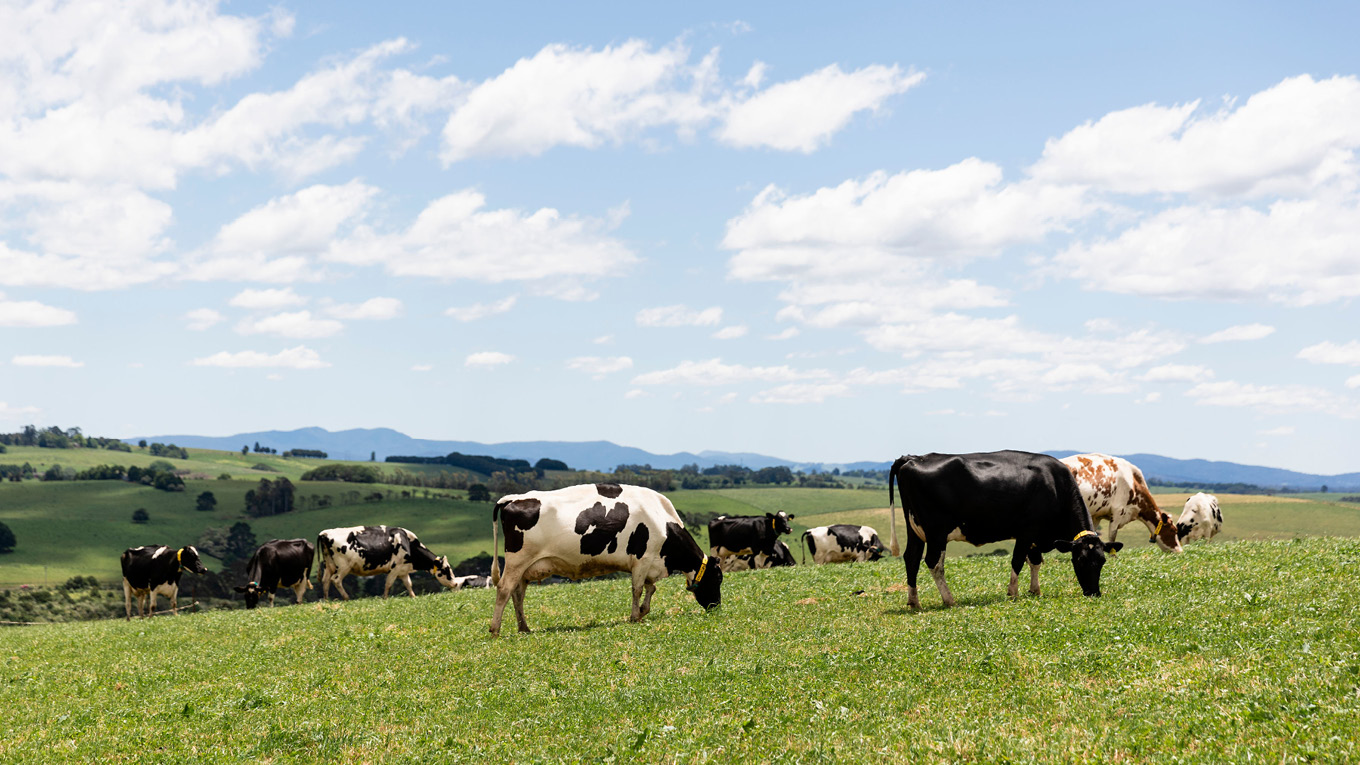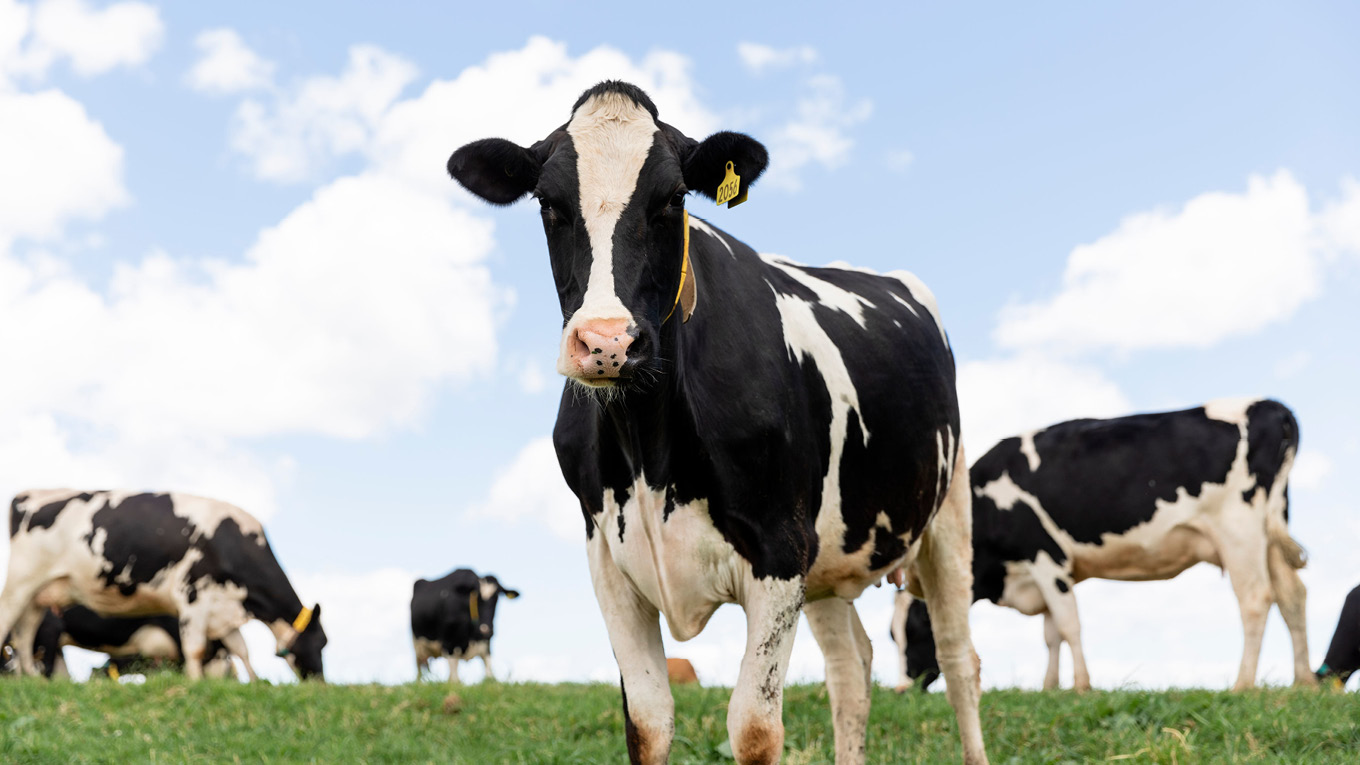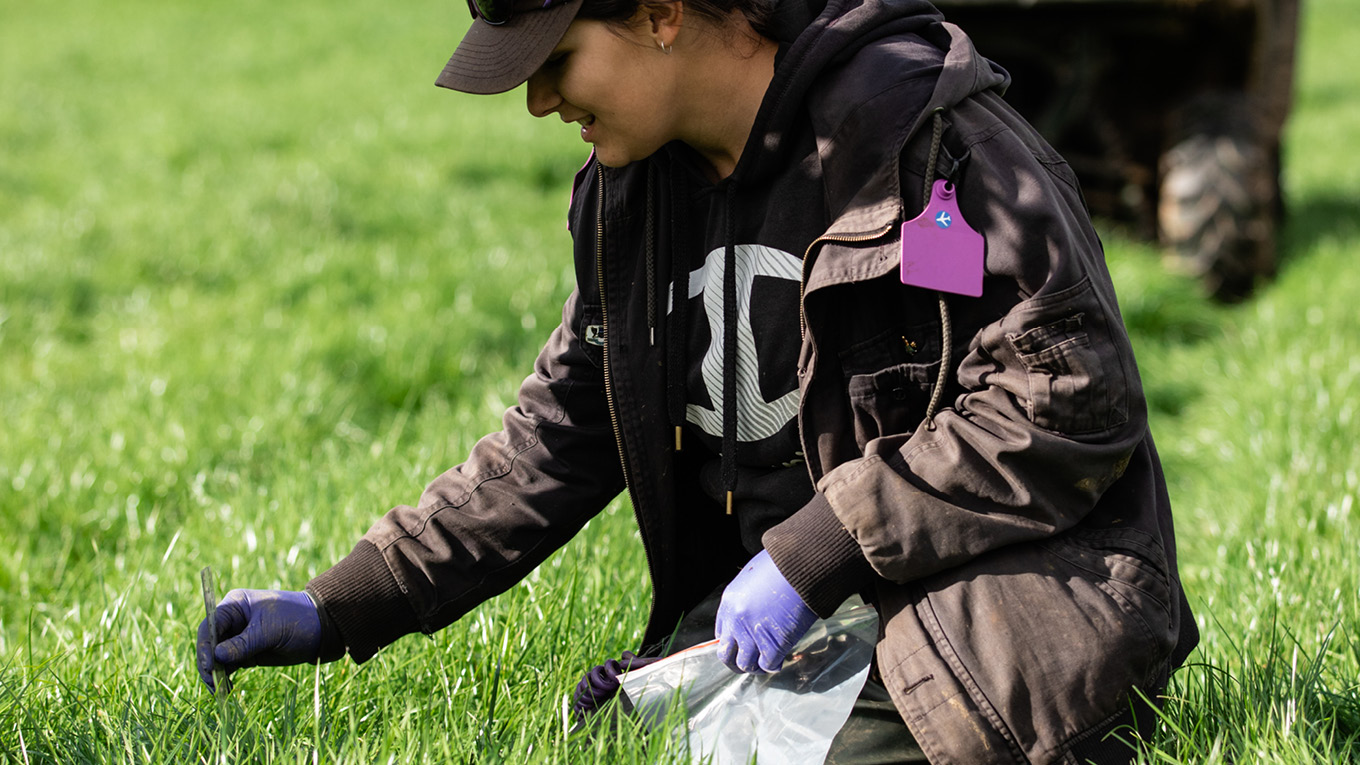Ryegrass Grazing Management in Autumn
The average pasture cover of the farm tends to decrease as autumn progresses into early winter. This is a result of slow leaf emergence rates, decline of pasture growth rates and increased grazing pressure.
The true autumn break provides the opportunity to build pasture cover across the grazing platform prior to cooler conditions and slower pasture growth during winter. The autumn break occurs when there is a significant rainfall event with follow-up rain that leads into winter.
In some seasons, there are ‘false’ autumn breaks, which is when there is a significant rainfall event but no follow-up rain in the following weeks. In a ‘false’ autumn break, pasture will become green but there is little growth and once soil moisture becomes limiting again, this growth will stop.
To get the greatest benefit from the autumn break, farmers should consider:
- Grazing management
- Nitrogen use
- Pasture renovation
For more information, download the Ryegrass grazing management in autumn fact sheet. Key messages include:
- Graze ryegrass pastures at 2.5–3 leaves or before canopy closure
- Determine round length based on leaf emergence rate
- Aim for a pasture residual height of four to six centimetres between the clumps
- Consider use of nitrogen when soil moisture allows
- Consider pasture renovation for under-performing paddocks.
-
Ryegrass grazing management autumn factsheetPDF, 154.76 KB


